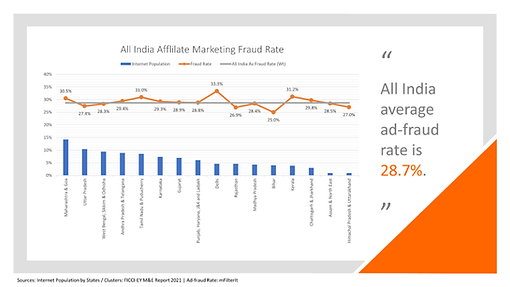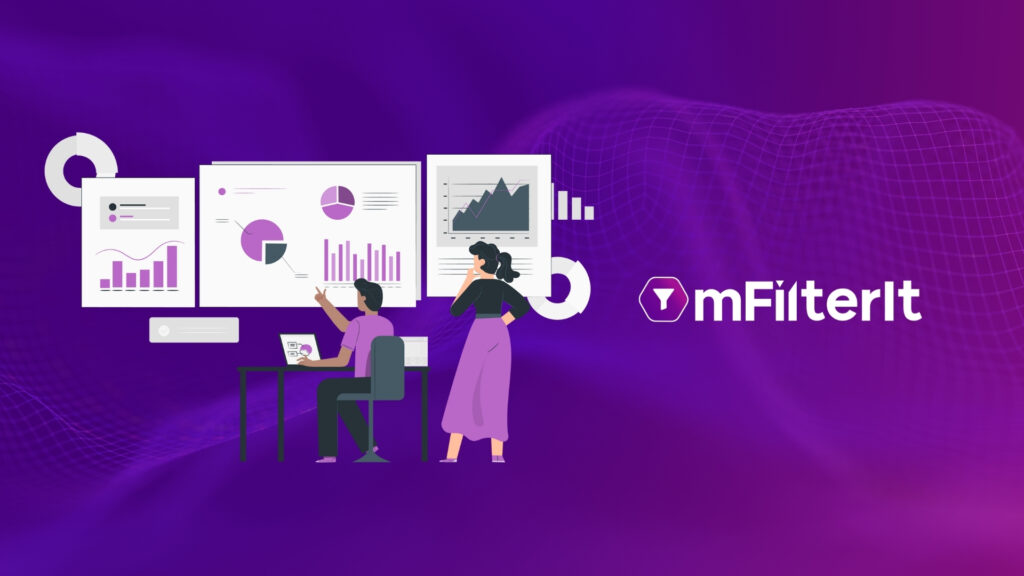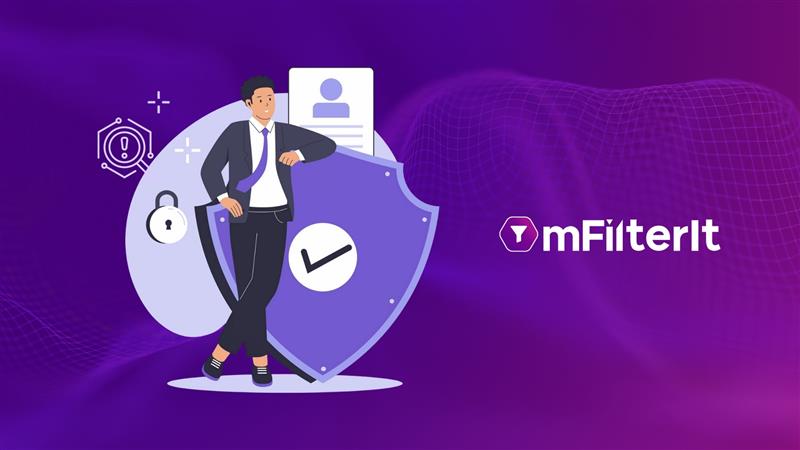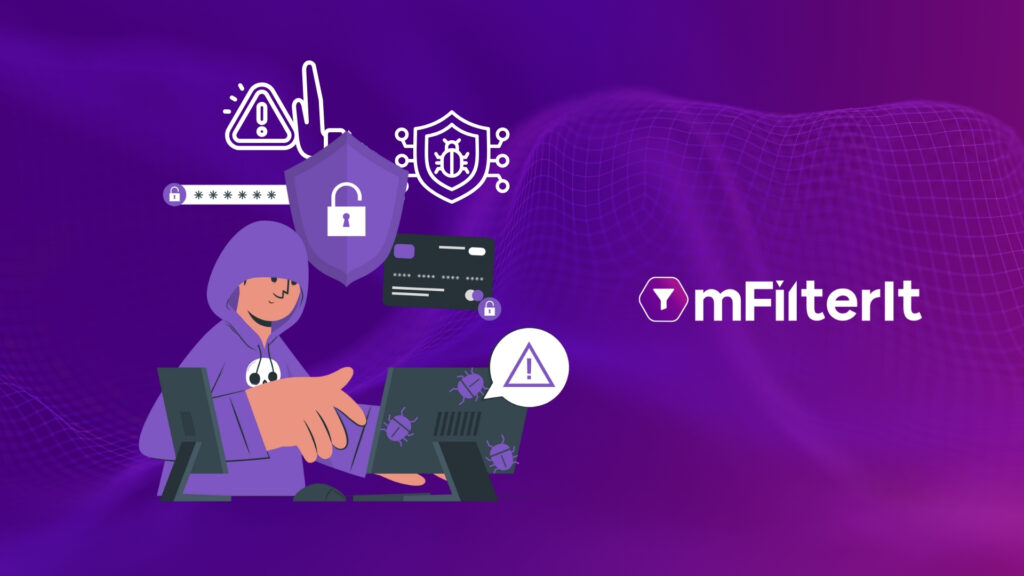Some specific campaign analysis showed that Pune is contributing over 40% of the traffic within Maharashtra which is attributed to it being the den of VPNs and Proxy Servers used for BOT traffic.

Maharashtra has the highest internet population in India. Many times, marketers while reviewing the performance of campaigns take it as an expected behavior seeing Maharashtra contributing maximum to the traffic for this reason. However, there is a catch. For many campaigns we analyze to validate the Genuity of engagement, we see Maharashtra leading the traffic source. On a double-click analysis, the concentration of engagement within Maharashtra spots to Pune. In many cases, Pune contributes over 40% of Maharashtra’s traffic.
The reason for Pune emerging as the hotspot of engagement within Maharashtra is because it is the den of VPNs and Proxy Servers in India. Consequently, whosoever is running BOTs to jack up the performance to make bucks without delivering any real value, will be using these proxies and tunnels to show them up as users from India.
So, a quick check for analyzing the genuine engagement for inorganic campaigns could be to compare the proportion of traffic from Maharashtra with that of an organic campaign. A deeper level would be to further check on Pune specifically. This will be the first indication that the campaign is heavy on BOTs and an advertiser is losing money without any ROI.
Compared to a few years back, the awareness about ad fraud has increased and organizations plotted through the digital learning curve have started realizing this as an increasing challenge, which they shouldn’t shy about; rather fight back.
This can also be validated by the pattern of inbound requests we receive at mFilterIt.
(You have a request, simply signup here, and our specialist will contact you within 1 business day)
Some 3 years ago it was only digital native organizations and sectors like eCommerce, and since 2020, we have received interest from a wide spectrum of industries like BFSI, Auto, and FMCG, among others.
The recently released FICCI-EY report on the M&E sector shows the Internet population spread across India which is defined as the composition of unique visitors from each of these states/clusters. Cross-analyzing this with mFilterIt’s ad fraud rate across these states/ clusters, we see that it’s an omnipresent challenge though translates into different volumes basis the internet population.
This means the volume of fake traffic for Maharashtra (including Goa) would be much larger than the BOT-driven engagements in Himachal Pradesh (including Uttarakhand).
Whatever the ad-fraud rate is, we are already conceding that almost one-third of the engagement is not with real humans. While the internet population is still not evenly spread across the country and is exhibiting the same pattern of physical infrastructure development, which is skewed to larger cities, ad fraud (BOT) has already spread across the country without much of an uneven spread.
This is an alarming sign as all major sectors of BFSI, FMCG, auto as well and eCommerce are focusing on expanding digitally through the country. For instance, in this interaction with NDTV, Sandeep Aggarwal, CEO, and Founder of Droom expects 6% of the total automobile market to shift online by 2025 from the present 0.7%. Similarly, banks are trying to adopt digital banking fast and minimize traditional banking operations. Again, eCommerce players are expanding beyond metros and Tier-1 cities and towns leveraging the expansion of broadband across India as well as strengthening logistics footprints.
The point to ponder is whether any company adopts the favorite strategy of focusing on key markets defined by top 10 or top 50 cities, or it wants to expand beyond metros, it will interface and engage with BOTs while discovering real users (internet population).
Advertisers and their partners would find going deep into the country digitally is quite difficult as there isn’t much data available to understand the behavior of users over digital. This means the vanity metrics cannot be relied on even the slightest degree of confidence failing even the thumb rules. The user understanding of digital is also relatively lower than that of a city or major town, meaning users could easily be trapped by fraudsters and their footprints ‘hijacked’ to skyrocket the performance.
The data set here analyzed by mFilterIt pertains to affiliate marketing fraud. But we see this across every mode and platform. It’s more or less the same trend. Whether we like it or not, bad BOTs have already polluted the digital environment and one cannot create a space that doesn’t interface with this environment at one or the other point. So, this inefficiency is going to remain whatever platform or medium an advertiser decides to go with.
Digital is changing from a marketing and outreach platform to a business platform. Even for organizations that had never thought of getting directly in touch with a consumer. We have already seen how D2C is growing up as a trend. This means investments in digital will have to go up substantially and it will not only be the marketing budget but also business development cost which one would have to invest in digital. However, this should not happen without a completely neutral view which does real-time audit and in certain cases ‘proactive’ audit in terms of integrity check to decide whether to put in money through the channel or not.
mFilterIt has prescribed actionable best practices to tackle this situation which could be the first step in the direction of any decision-maker. I would encourage you to read them and connect with us for any explanation or assistance you may want regarding its implementation. We all have to find out a balance between taking care of the safety of people and minimizing the impact on economic activities. Digital is indeed an enabling powerful medium, but we need to use it optimally and spend judiciously with a 24×7 validation that could guide us the way forward.







